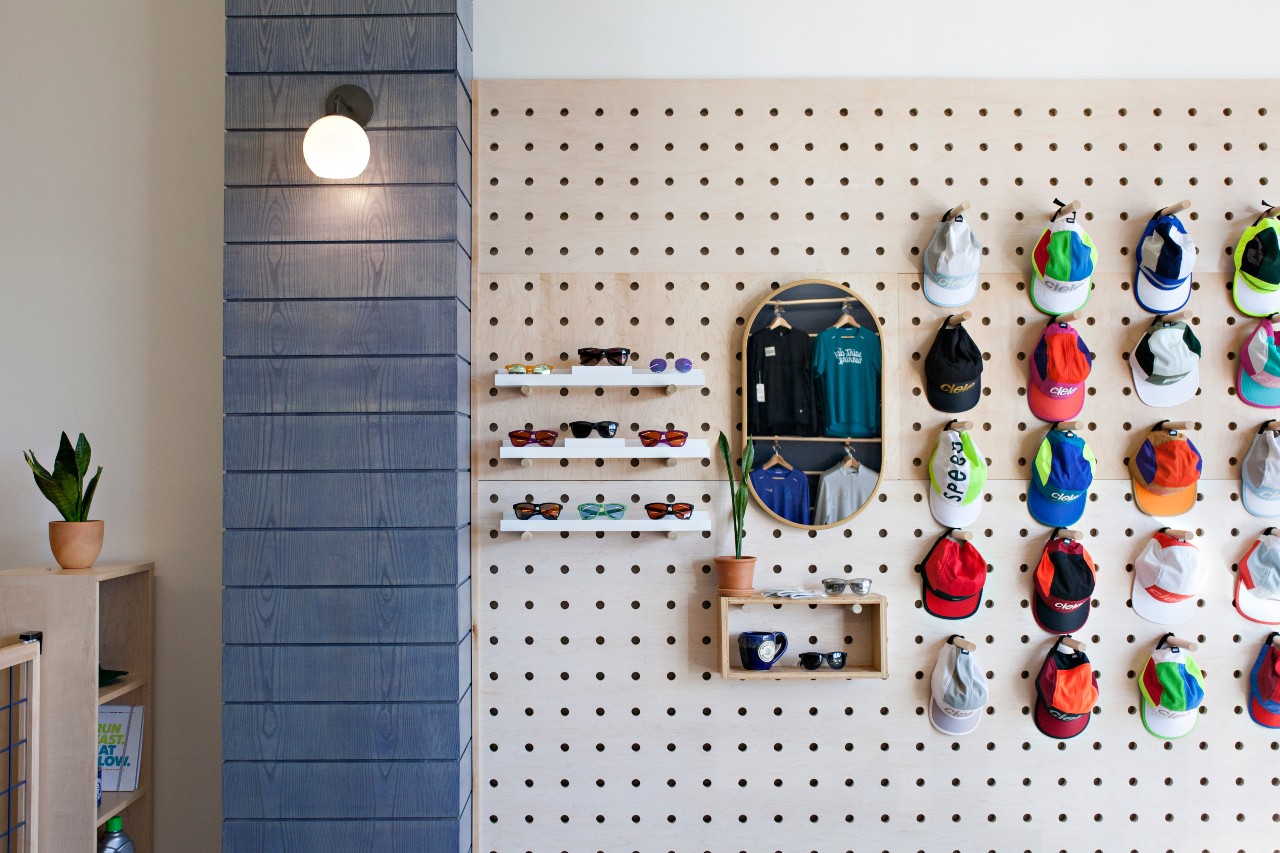At Shea, we pride ourselves on staying on top of what’s happening in design news. It helps us keep tabs on what’s fresh, inspiring, and happening in the world—and we make a few headlines of our own, too. Here are some recent articles delving into design, experience, and what’s buzzing in our community:
“Future Retail Design: How COVID-19 Will Be a Catalyst and How Can You Prepare?” – Business 2 Community:
Getting customers back into stores is harder than ever after the past 18 months, and store design can be a huge enticement. While hygiene, distancing, signage, and safety are, of course, a part of it, there are many more factors changing brick-and-mortar design. Speed is prioritized now, so configuring spaces for easy navigation and quick check-outs is a must. One-way systems, dual entrances, drive-through and pick-up stores, and tech solutions are all here to stay as retailers work to provide a more personalized experience.
“How Eating Out Has Changed, From the Menu to the Tip” – New York Times:
The New York Times takes an extensive look at the last 18 months in the restaurant industry, from both the restaurant/bar and the customer perspectives. There have been some changes that appear to be lasting, making for a transformation in the American hospitality industry, and this piece breaks those down. These new features include everything from enclosed outdoor shacks and earlier dinner times to the rise of the flexible dining space and a stronger mix of restaurant and retail. Back-of-house operations also get attention, with staffing changes and new menu items taking center stage. The article covers many changes, and reading the entire thing is worth it for an excellent look into what’s next for the industry.
“The Grocer’s Table Takes the FAB Award” – Shea:
The IIDA FAB Award presentation of Best Restaurant Design, honoring and showing off The Grocer’s Table
“What Do Employees Really Want When They Return to the Office?” – Work Design:
Work Design uses data gleaned from their Workplace Transformation Survey to see what employees are really looking for in an office return as more and more workspaces come back to life. In terms of the big picture, workers are looking for flexibility and variety in the office, emphasizing their need for spaces that are adaptable and can be used in multiple ways for collaboration and socialization. Employees also want dedicated workspaces for quiet, heads-down individual work. With regard to size, it all depends on the industry and the needs of the individual company. Some will be able to thrive with smaller, hub-style offices, while others will need additional space to spread out their workers.
“Best Practices for Opening Airport Locations” – Restaurant Development + Design:
RD+D discusses the incorporation of restaurant brand DNA into an airport location, laying out best practices for their development (including a photo of Terminal B at LGA). With airports serving as a great spot for brands to make themselves known to diners from all over, they’re a great place for a local restaurant or small chain to establish themselves—but small spaces, background checks, and costs can be prohibitive. Buildout costs can be two to five times that of traditional locations, so budget and timelines need to allow for that. Prototypes usually need to be downsized to fit into the small spaces, and restaurants need to be built for durability and with special equipment considerations, while still retaining their key brand elements.
“New Restaurant Designs Show How the Industry is Adapting to COVID” – QSR:
Spring and summer were a flurry of new restaurant openings and renovations, with the pandemic serving as a catalyst for change. Restaurants—especially quick-service—continue to emphasize safety, creating cleaner, healthier layouts with reduced touchpoints, nonporous furniture, and improved HVAC. Flexibility is also here to stay, with open kitchens and large pickup counters taking precedence for ease of fulfilling takeout and delivery items. Restaurants are embracing open space, both indoor and outdoor, with more room between tables, larger windows and operable walls, and improved patios and indoor/outdoor areas that will last through more seasons. It’s all part of a new era of design, with alterations to both aesthetics and functionality to keep restaurants resilient.
“Office Building Terraces Bloom During COVID” – Commercial Observer:
This Commercial Observer story focuses on the growth of office terraces, once a “nice-to-have” amenity but now a necessity. Not only do outdoor areas provide a space of respite for workers, they can give yet another collaborative or flexible area to work as office towers continue to evolve. As the lines blur between work and home, employees want more comfortable, natural spaces to come together, and the terrace trend was growing steadily even before the beginning of the COVID-19 pandemic—which accelerated demand dramatically.
“Shea to Design the Next Iteration of Butcher & the Boar” – Shea:
All the news on the announcement of the Butcher & the Boar location in the North Loop
“Staying Power” – VMSD:
Convenience stores have undergone a huge shift over the last year, in no small part by shifting their focus to everyday basics for easy in-and-out shopping for consumers. Store designs have been altered to be clear of obstacles, with spacious aisles and easy sightlines, and technology has been incorporated into spaces in new ways, with self-checkouts and mobile order pick-up points to best serve customers. Larger grocery stores (such as Aldi) have experimented with smaller-footprint stores focusing on neighborhood convenience, a practical necessity for many in urban areas, and well-known C-stores such as 7-Eleven have been trying new flagship stores with more space and higher-end design, showing off their adaptability to any situation.
“A Guide to Post-Pandemic Site Selection” – Restaurant Development + Design:
Site selection can be imperative to a restaurant’s survival (it’s all about location), and several brands are looking to a strategy refresh. Some markets have changed dramatically in the last year, and may need to account for more takeout and delivery business with public-facing streets or easy parking lots, versus tucked in shopping centers. With remote work likely to stick around, many operators are considering fewer urban and downtown markets, and more locations in suburban areas and mixed-use developments with a different kind of built-in audience. And putting locations in “lifestyle centers,” preferably out front and close to traffic, has been key for many brands, especially as some look to reduce their physical footprints.
September 24, 2021
Shea Links: September

